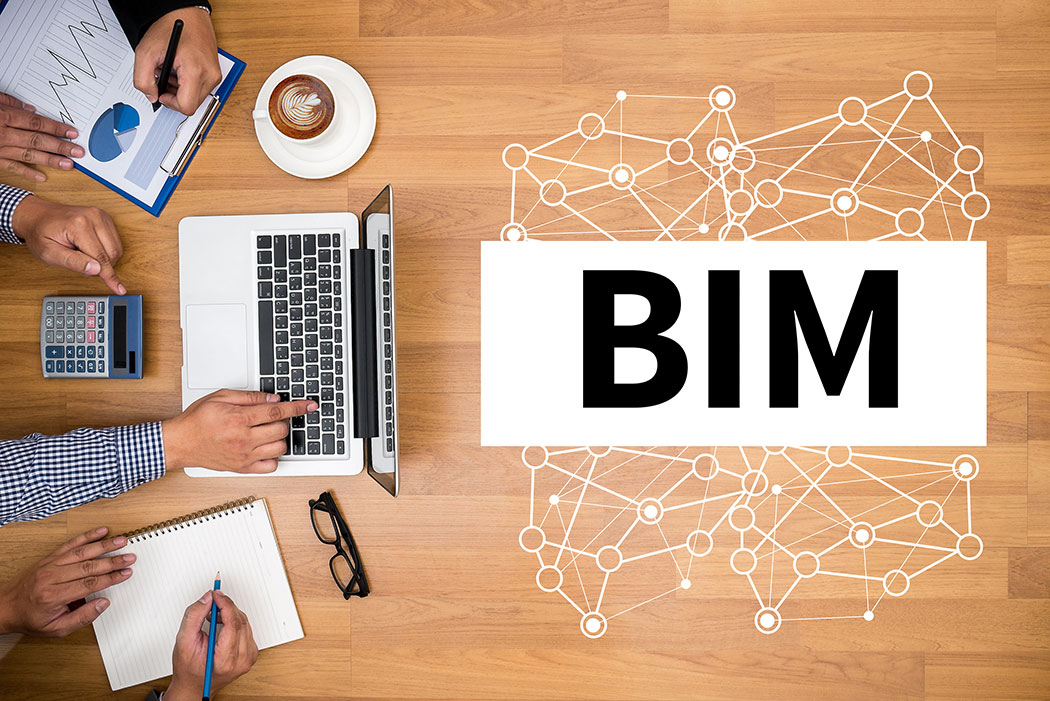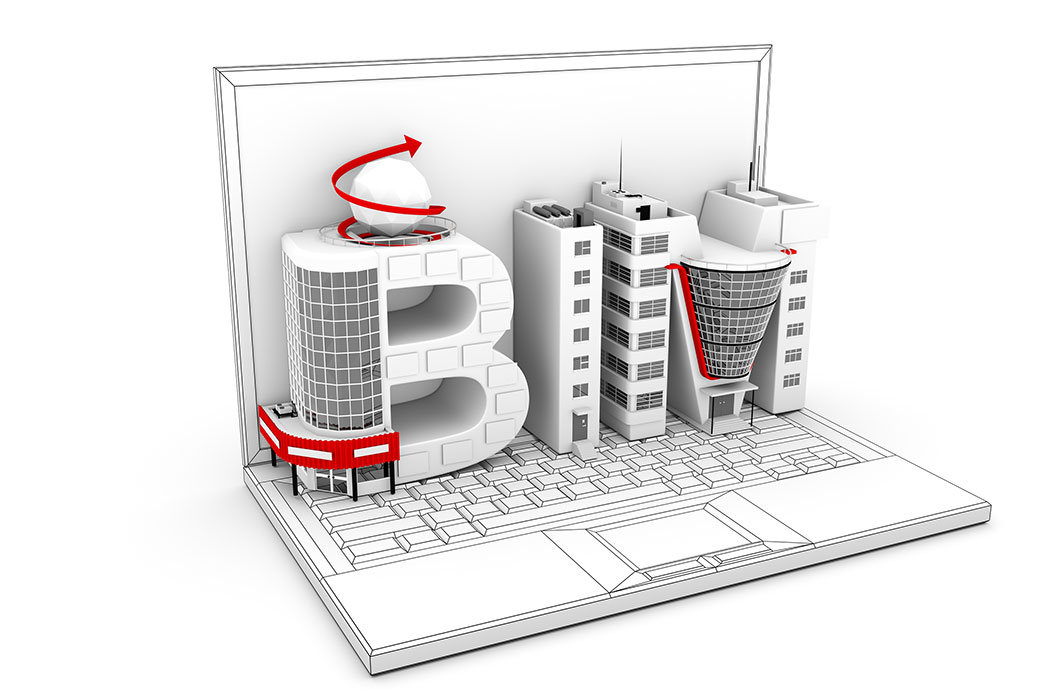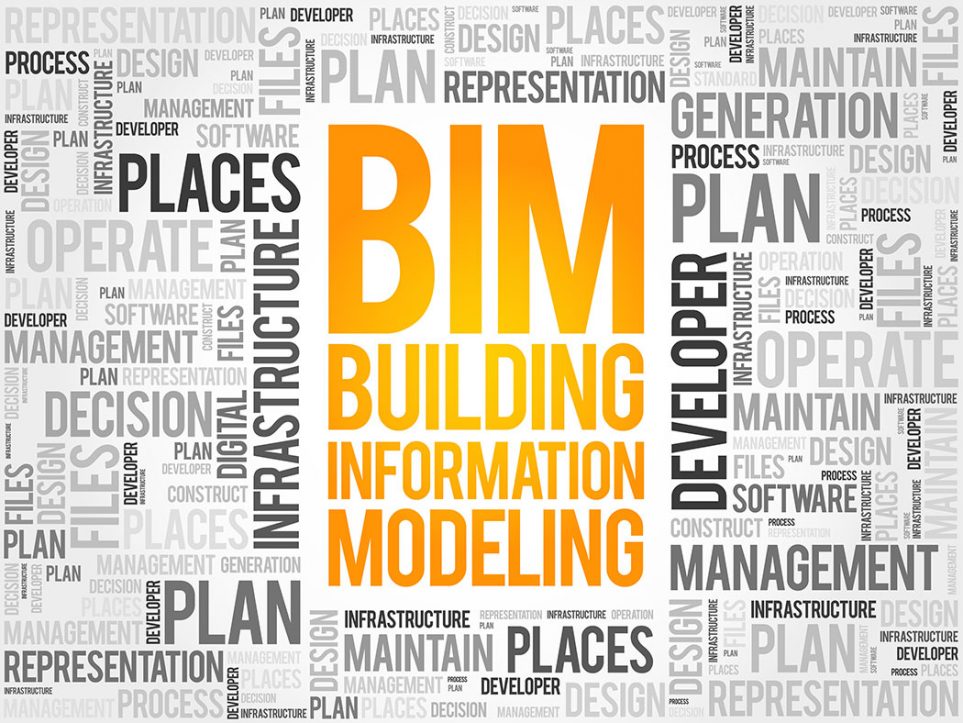To call BIM (Building Information Modeling) state-of-the-art construction software is like calling the internet a helpful little informational tool. Gross understatement. As the industry transitions from paper based linear processes to a collaborative digital approach that supports integrative practices, BIM is the essential link in the chain, the key to landing and successfully executing contracts.
In a climate of intense competition where jobs are at a premium, owners and governments are in a position to demand higher quality and faster service at a lower cost. Companies vying for work must be able to offer a streamlined process that optimizes value at every stage, wasting neither time nor money. At its core, that is what BIM is all about.
An intelligent 3D model based process, BIM designs, visualizes and simulates in the development phase. It also brings contractors, engineers and architects together at a virtual table to facilitate instant communication. BIM also provides critical data analysis to assess time considerations, financial parameters and asset management as well as environmental concerns like light and air flow which can be processed in real time.
In short, in a world where inefficient cost projections and underestimating time issues can cause irreparable damage to the project or your reputation, BIM takes the guesswork out of the equation.

The Ultimate Project Manager
Most obviously, BIM has taken 3-D architectural modeling to the next level with interactive representations that automatically coordinate changes throughout the project. But while design is certainly an important capability, BIM’s global purpose is that of ultimate information sharing platform.
It is a portal through which participants involved in any project phase can communicate, sharing vital information throughout the entire design and construction lifecycle, from conception and construction to demolition and asset reuse. As a virtual information booth, BIM is the project nerve center, keeping meticulous track of every detail—and sounding the alarm when there is a problem.
By merging tried and true design strategies with hi-tech data and communication capacities, BIM has consolidated, as well as revolutionized, design and project management. It is the best of all virtual construction worlds in which architects, engineers, construction workers and project managers can efficiently share information to identify and solve problems, saving time, money and stress on both the crew and client sides. Thanks to BIM, issues with quality, labor efficiency gaps, cost overrun, and delivery can be dealt with or avoided altogether.

Teamwork is the Key
Ironically, BIM is one case in which technology improves human interaction. In the past, with a myriad of plans bouncing back and forth between departments until all issues were resolved, the potential for miscommunication and finger pointing was great. The engineer would blame the architect for an inexecutable design. The construction crew would fault the engineer for unrealistic expectations. Everybody would turn on the project manager for underestimating time and costs.
BIM supports relationships, fostering increased transparency and teamwork. Instead of arguing and wasting time fixing mistakes and smoothing over misunderstandings, the energy is expended in collaboration, coordinating the overall vision to achieve the most successful outcome.

Supporting a Brighter Future
Seeking innovative, forward thinking technologies, a long list of owners, municipalities, and commercial real estate developers are embracing the BIM system. Impressed by its long list of benefits, like ease of information exchange, time and money savings, streamlined decision making and improved customer satisfaction, these industry leaders are convinced BIM is today’s best tool for a brighter, more productive tomorrow.
To learn more about BIM, contact us today!

